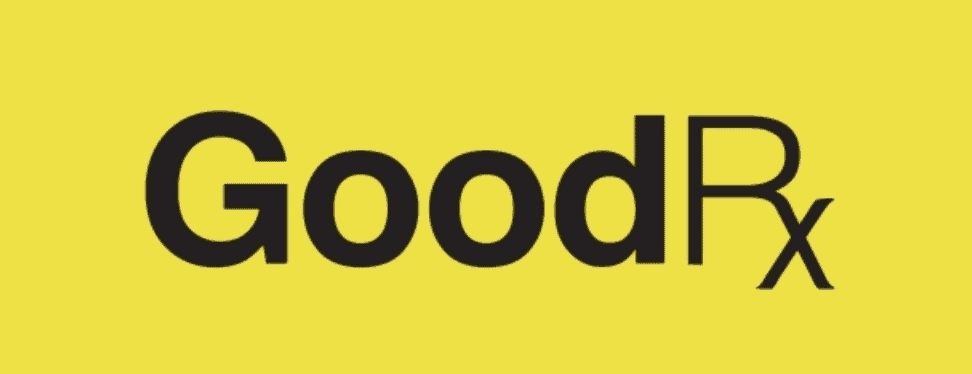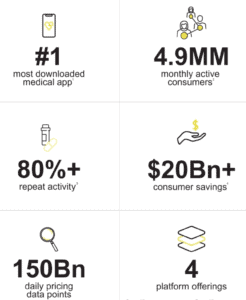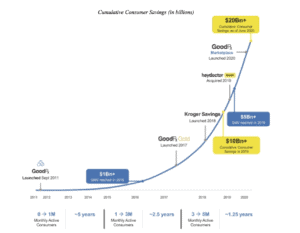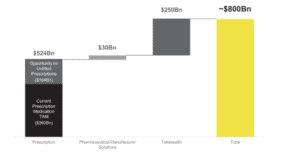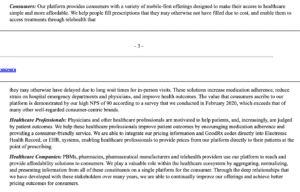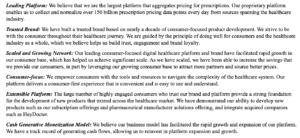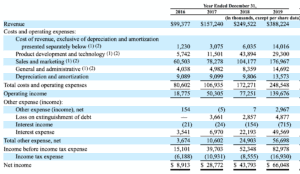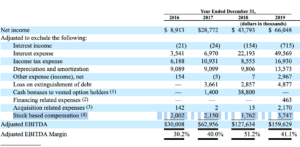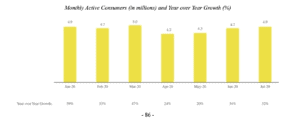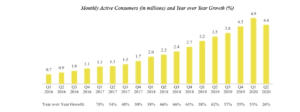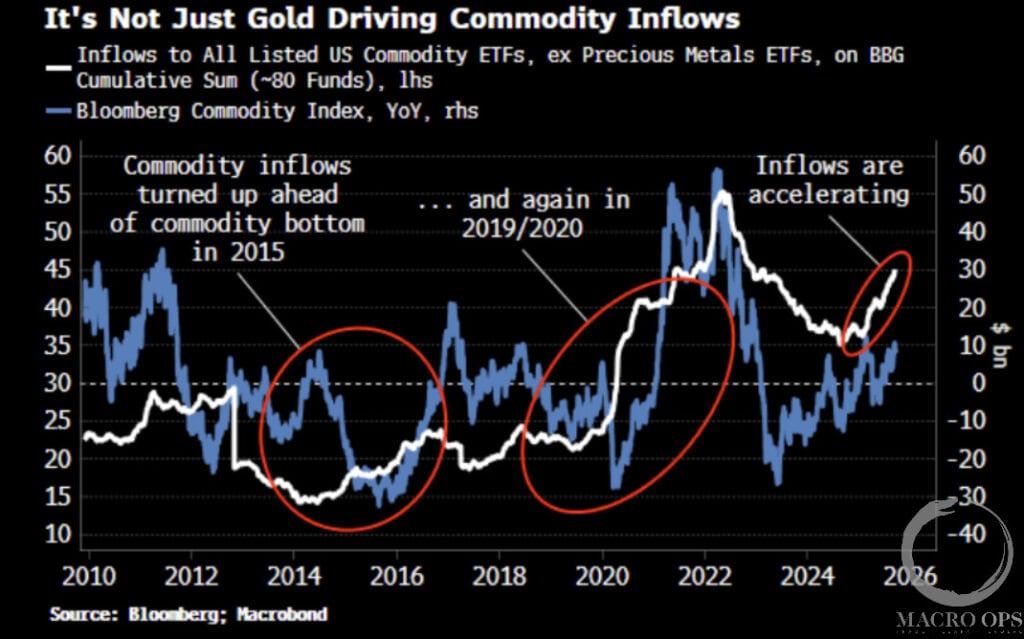GDRX Facts & Figures
- #1 most downloaded medical app
- 4.9M Monthly Active Users
- 80%+ Repeat Activity
- $20B+ in Consumer Savings
- 150B daily pricing data points
- 4 platform offerings
- Est. Market Cap: ~$9.9B
Business Overview
How GoodRX Makes Money
Financial Results
- GMV via prescription offering: $2.5B
- Compounded annual revenue growth rate: 57% since 2016
- Generated $388M Revenue in 2019
- Generated $66M Net Income in 2019
- 2019 Adj. EBITDA: $160M
Solving Healthcare Consumer Issues
- Lack of Consumer-focused solutions
- Lack of Affordability
- Lack of Transparency
- Lack of Access to Care
- Lack of Resources for Healthcare pros
GDRX Total Addressable Market
- $524B Prescription Care
- $30B Pharma manufacturer solutions
- $250B Telehealth
The GoodRX Value Proposition
What Makes GoodRX Different
- Leading platform
- Trusted Brand
- Scaled & Growing Network
- Consumer-focus
- Extensible Platform
- Cash generative monetization model
Analyzing Income Statement
Analyzing Balance Sheet
- <1YR: $41M
- 1-3YR: $85.6M
- 3-5YR: $82.7M
- >5YR: $711M

